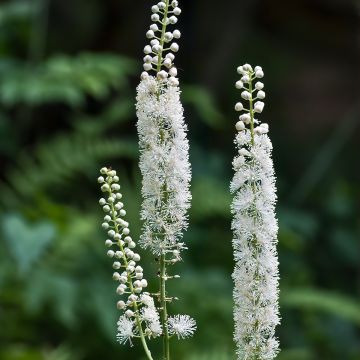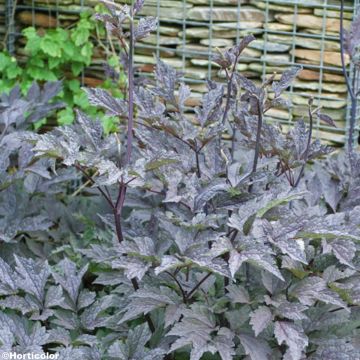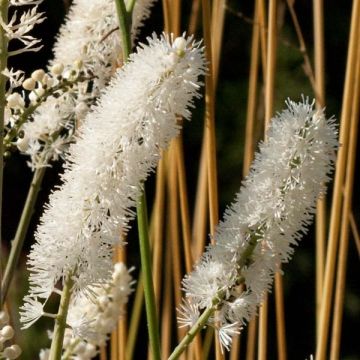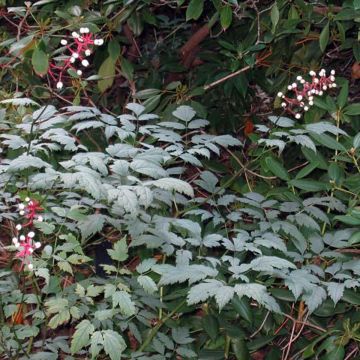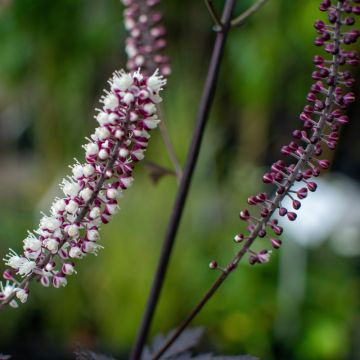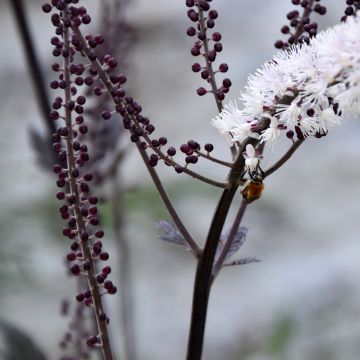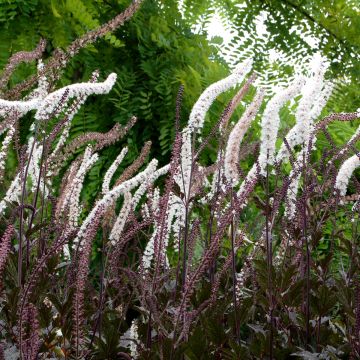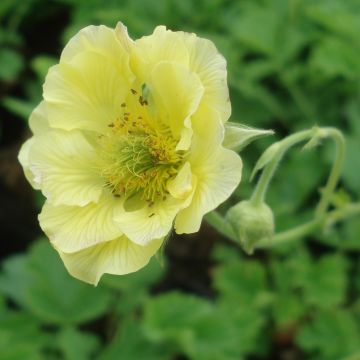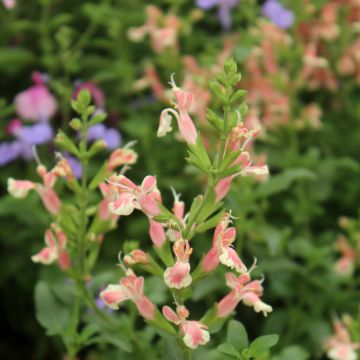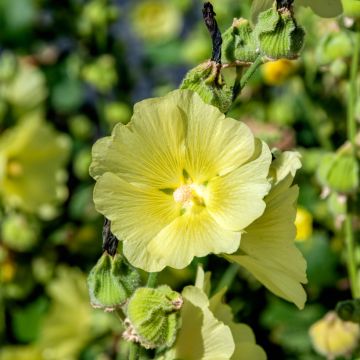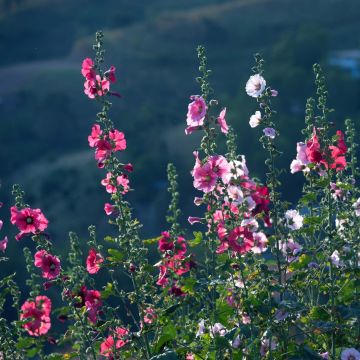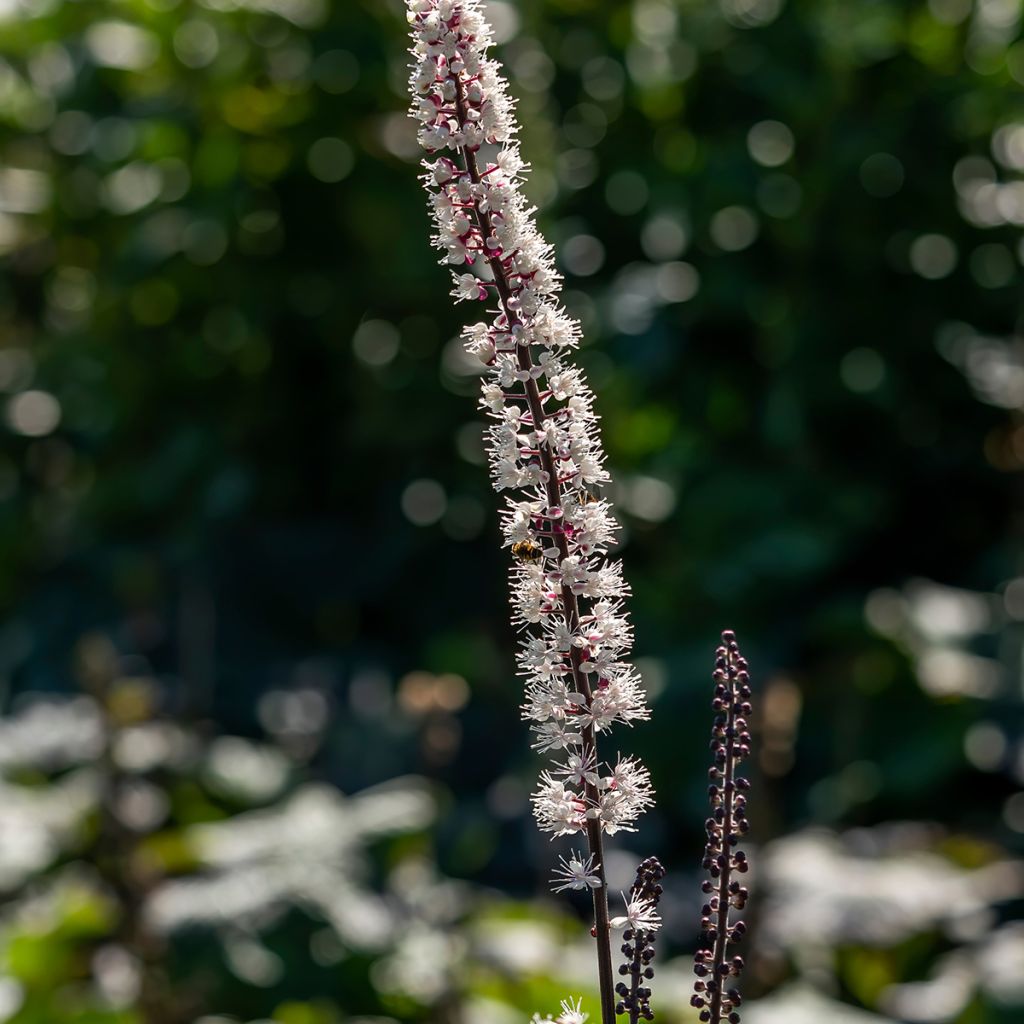

Actaea simplex Atropurpurea
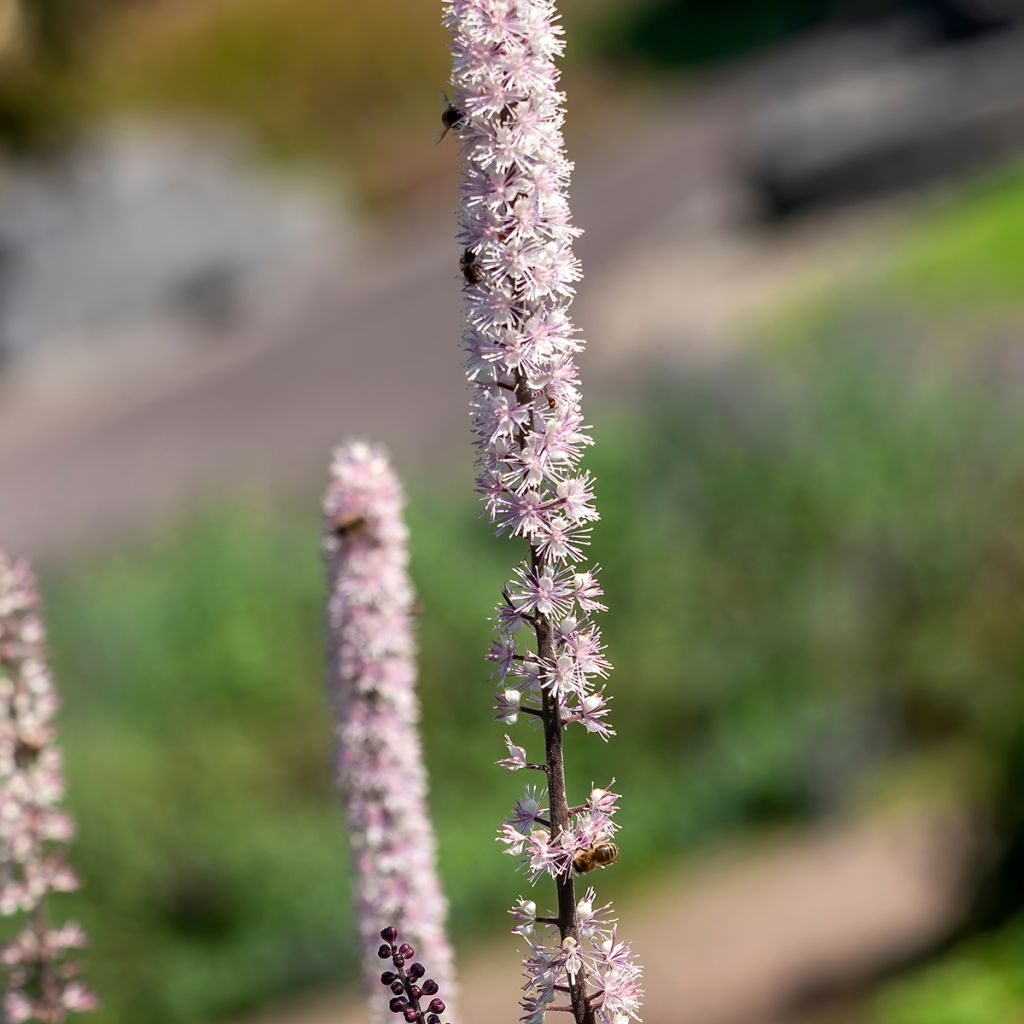

Actaea simplex Atropurpurea


Actaea simplex Atropurpurea
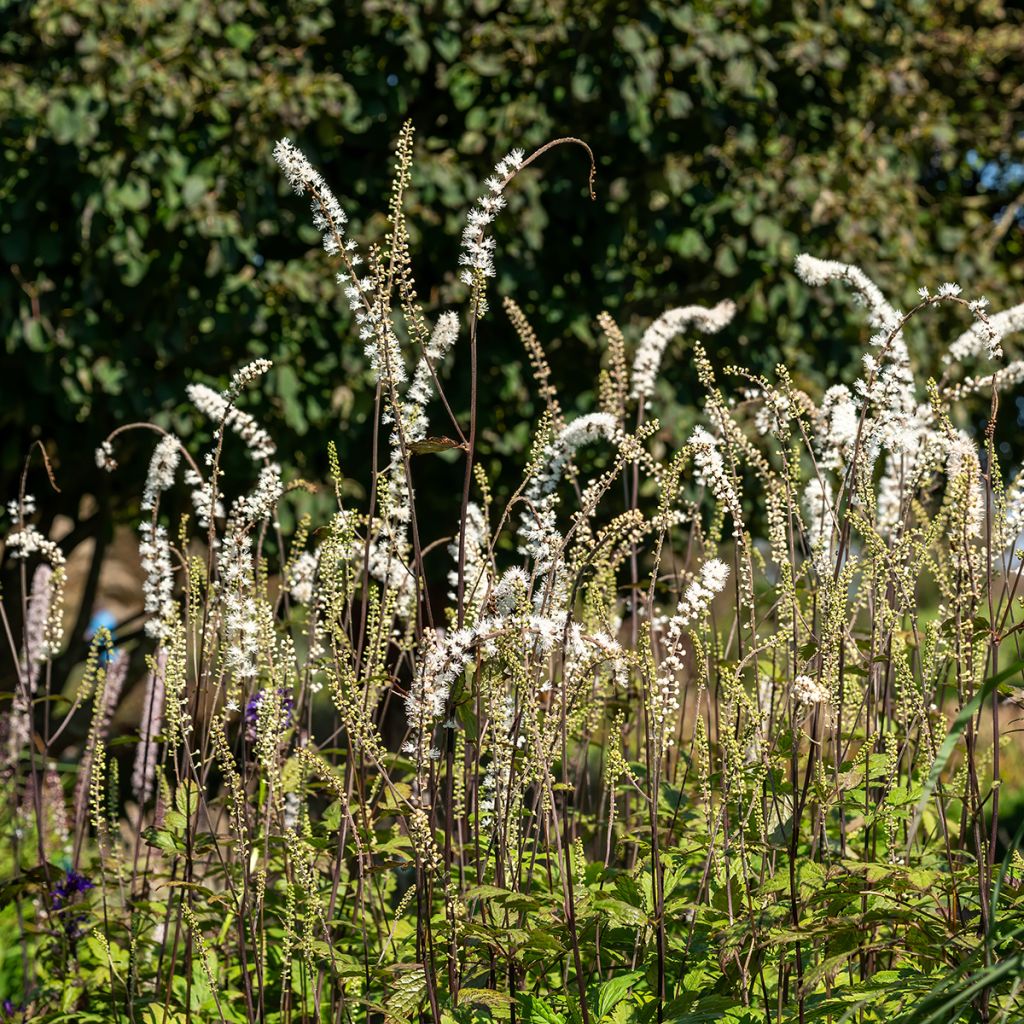

Actaea simplex Atropurpurea
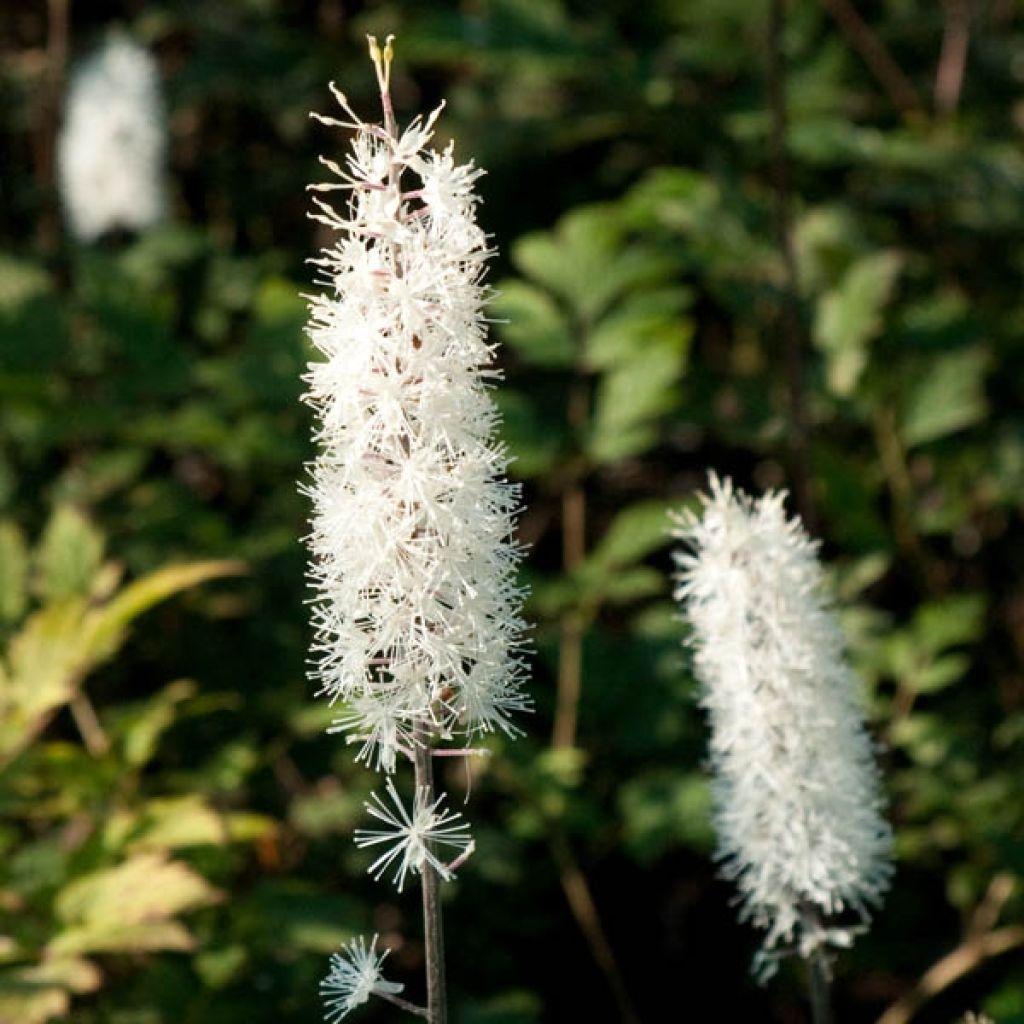

Actaea simplex Atropurpurea
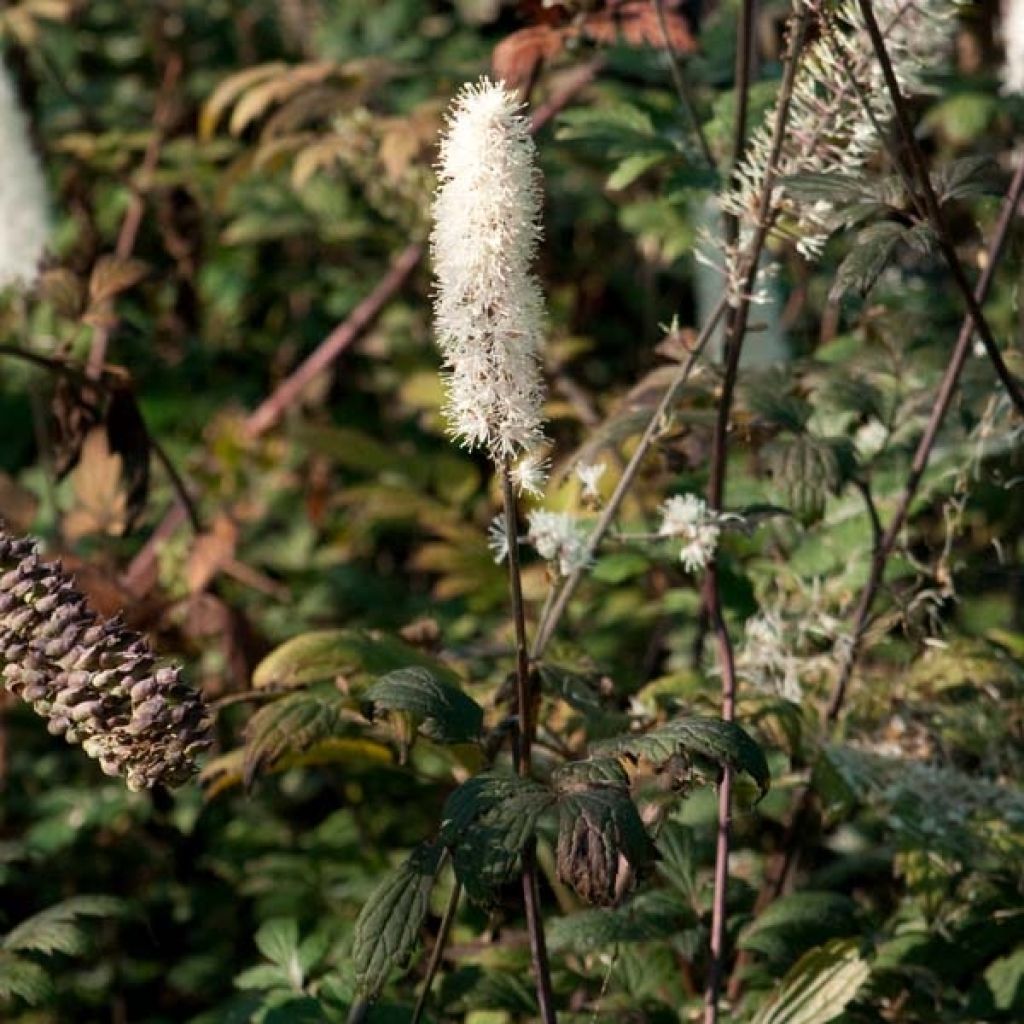

Actaea simplex Atropurpurea
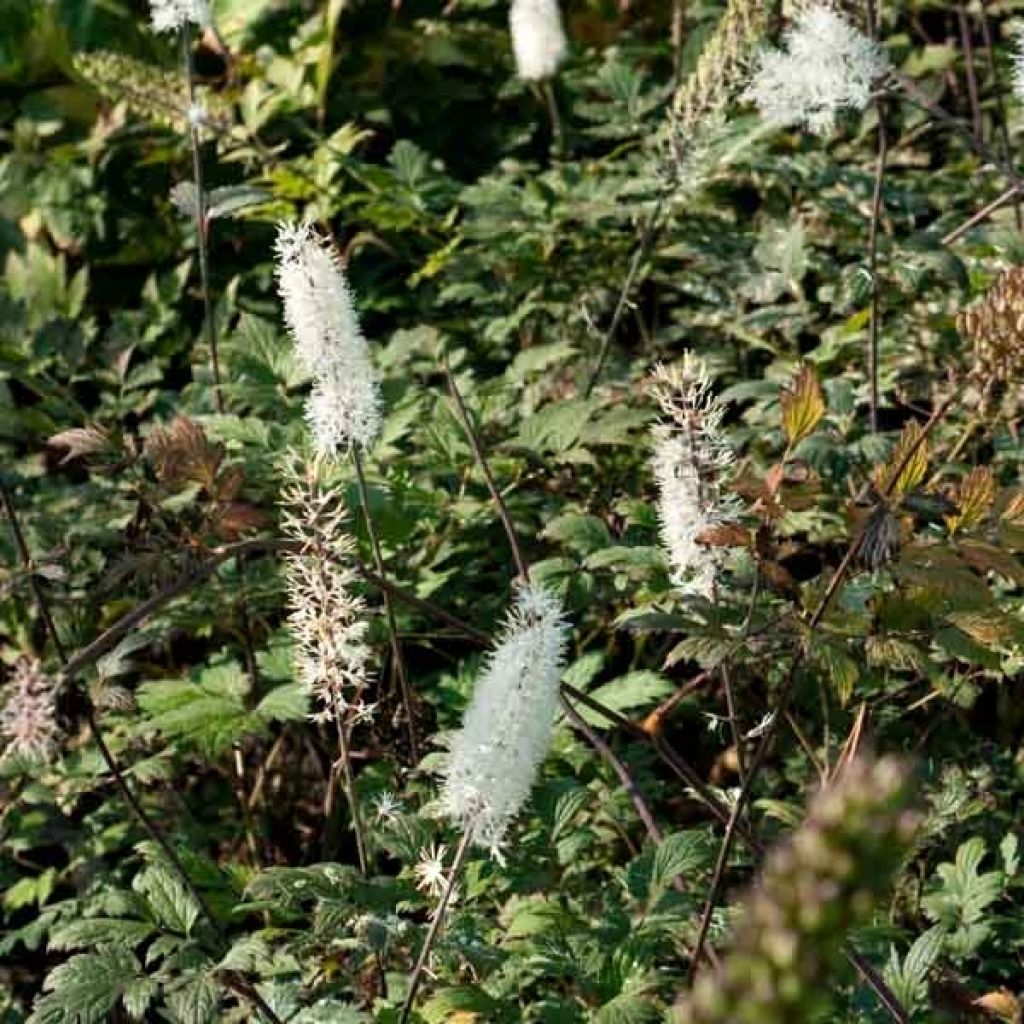

Actaea simplex Atropurpurea
Actaea simplex Atropurpurea
Actaea simplex Atropurpurea
Baneberry, Silver Candle
Perfect! Beautiful young plant, it has taken well.
Nancy, 21/05/2025
Special offer!
Receive a €20 voucher for any order over €90 (excluding delivery costs, credit notes, and plastic-free options)!
1- Add your favorite plants to your cart.
2- Once you have reached €90, confirm your order (you can even choose the delivery date!).
3- As soon as your order is shipped, you will receive an email containing your voucher code, valid for 3 months (90 days).
Your voucher is unique and can only be used once, for any order with a minimum value of €20, excluding delivery costs.
Can be combined with other current offers, non-divisible and non-refundable.
Home or relay delivery (depending on size and destination)
Schedule delivery date,
and select date in basket
This plant carries a 12 months recovery warranty
More information
We guarantee the quality of our plants for a full growing cycle, and will replace at our expense any plant that fails to recover under normal climatic and planting conditions.
Would this plant suit my garden?
Set up your Plantfit profile →
Description
The Cimicifuga or Actaea simplex 'Atropurpurea' is a perennial of remarkable elegance in the shaded areas of the garden. It reaches its full potential in late summer when it adorns itself with large, pure white, fragrant flower heads that resemble silver candles. Vigorous, hardy, and relatively tolerant of summer drought, this medicinal plant haunts the open woods, revealing many secrets. This majestic actaea slowly establishes itself, forming bushy clumps with an architectural appearance, which are very interesting in the background of a flower bed.
The Cicimifuga racemosa is a plant from the buttercup family native to the forests of eastern and central North America. It has long been known for its medicinal properties. 'Atropurpurea' is the dark purple foliage form of this majestic perennial. Growing from a knotty rhizome with fibrous roots arranged in a compact mass, this plant slowly forms bushy clumps that reach a height of 1.50m (5ft) when flowering, with a spread of at least 60 cm (24in). Its stems are covered with large, compound, finely divided leaves, as elegant as fern fronds, sometimes 40 cm (16in) long. They are adorned with a very dark purple colour, which appears black in shade and against the light. The flowering occurs in late summer in large terminal flower heads in slender, cream-white, spike-like clusters measuring 40 to 60 cm (16 to 24in), slightly arched, composed of somewhat powdery and highly fragrant flowers. This flowering is very melliferous and nectariferous; everyone does not appreciate its fragrance.
The Purple Cohosh will thrive in partial shade, in the filtered light of a bright understory or at the edge of a forest. This species tolerates summer drought reasonably well and the competition from the roots of large trees or bushes. The highly architectural silhouette and extremely bright flowers at the back of flower beds will create a beautiful backdrop for perennials that have finished flowering at the end of summer. Its dark foliage pairs well with the pink and blue stars of asters, perennial geraniums, tall sedums, monkshoods, or the colourful foliage of heucheras. This plant will make a beautiful specimen when planted in a large pot on the terrace or near a water feature.
Native American people used the Purple Cohosh to aid in childbirth and treat menstrual disorders. Recent studies have revealed that it contains a substance with estrogenic properties. It is now commonly included in various herbal remedies that alleviate menopausal symptoms and other related conditions.
Actaea simplex Atropurpurea in pictures


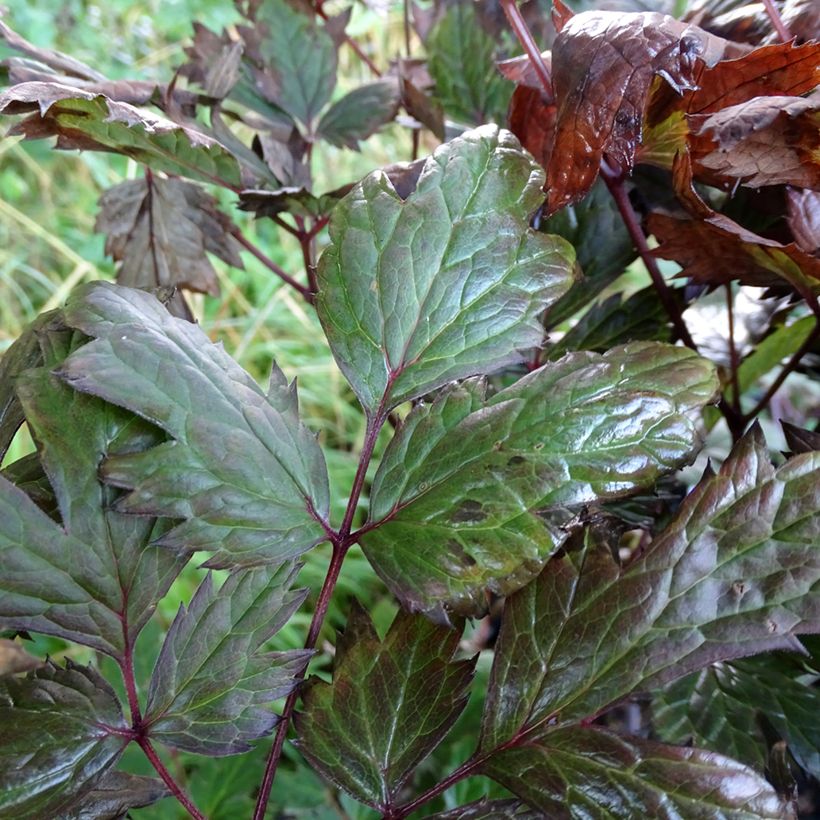

Flowering
Foliage
Plant habit
Botanical data
Actaea
simplex
Atropurpurea
Ranunculaceae
Baneberry, Silver Candle
Cimicifuga simplex, Cimicifuga ramosa
Cultivar or hybrid
Other Cimicifuga
View all →Planting and care
Cimifuga plants thrive best in cool, deep soil that is not chalky or only slightly chalky. However, they can tolerate competition from the roots of trees and bushes that can dry out the soil in summer. When planting, enrich the soil with leaf compost and compost. It is essential to monitor the watering of young plants, especially during dry summers. At the beginning of winter, it is advisable to prune back the dry foliage. Use stakes to provide discreet support. Tip: These giant plants are perfect for adding structure and balance to your garden. The tallest ones can add volume and light when isolated against a dark background of hedges or conifers. Intermediate-sized ones can dress up tall flower beds, such as those with giant dahlias.
Planting period
Intended location
Care
Planting & care advice
-
, onOrder confirmed
Reply from on Promesse de fleurs
Similar products
Haven't found what you were looking for?
Hardiness is the lowest winter temperature a plant can endure without suffering serious damage or even dying. However, hardiness is affected by location (a sheltered area, such as a patio), protection (winter cover) and soil type (hardiness is improved by well-drained soil).

Photo Sharing Terms & Conditions
In order to encourage gardeners to interact and share their experiences, Promesse de fleurs offers various media enabling content to be uploaded onto its Site - in particular via the ‘Photo sharing’ module.
The User agrees to refrain from:
- Posting any content that is illegal, prejudicial, insulting, racist, inciteful to hatred, revisionist, contrary to public decency, that infringes on privacy or on the privacy rights of third parties, in particular the publicity rights of persons and goods, intellectual property rights, or the right to privacy.
- Submitting content on behalf of a third party;
- Impersonate the identity of a third party and/or publish any personal information about a third party;
In general, the User undertakes to refrain from any unethical behaviour.
All Content (in particular text, comments, files, images, photos, videos, creative works, etc.), which may be subject to property or intellectual property rights, image or other private rights, shall remain the property of the User, subject to the limited rights granted by the terms of the licence granted by Promesse de fleurs as stated below. Users are at liberty to publish or not to publish such Content on the Site, notably via the ‘Photo Sharing’ facility, and accept that this Content shall be made public and freely accessible, notably on the Internet.
Users further acknowledge, undertake to have ,and guarantee that they hold all necessary rights and permissions to publish such material on the Site, in particular with regard to the legislation in force pertaining to any privacy, property, intellectual property, image, or contractual rights, or rights of any other nature. By publishing such Content on the Site, Users acknowledge accepting full liability as publishers of the Content within the meaning of the law, and grant Promesse de fleurs, free of charge, an inclusive, worldwide licence for the said Content for the entire duration of its publication, including all reproduction, representation, up/downloading, displaying, performing, transmission, and storage rights.
Users also grant permission for their name to be linked to the Content and accept that this link may not always be made available.
By engaging in posting material, Users consent to their Content becoming automatically accessible on the Internet, in particular on other sites and/or blogs and/or web pages of the Promesse de fleurs site, including in particular social pages and the Promesse de fleurs catalogue.
Users may secure the removal of entrusted content free of charge by issuing a simple request via our contact form.
The flowering period indicated on our website applies to countries and regions located in USDA zone 8 (France, the United Kingdom, Ireland, the Netherlands, etc.)
It will vary according to where you live:
- In zones 9 to 10 (Italy, Spain, Greece, etc.), flowering will occur about 2 to 4 weeks earlier.
- In zones 6 to 7 (Germany, Poland, Slovenia, and lower mountainous regions), flowering will be delayed by 2 to 3 weeks.
- In zone 5 (Central Europe, Scandinavia), blooming will be delayed by 3 to 5 weeks.
In temperate climates, pruning of spring-flowering shrubs (forsythia, spireas, etc.) should be done just after flowering.
Pruning of summer-flowering shrubs (Indian Lilac, Perovskia, etc.) can be done in winter or spring.
In cold regions as well as with frost-sensitive plants, avoid pruning too early when severe frosts may still occur.
The planting period indicated on our website applies to countries and regions located in USDA zone 8 (France, United Kingdom, Ireland, Netherlands).
It will vary according to where you live:
- In Mediterranean zones (Marseille, Madrid, Milan, etc.), autumn and winter are the best planting periods.
- In continental zones (Strasbourg, Munich, Vienna, etc.), delay planting by 2 to 3 weeks in spring and bring it forward by 2 to 4 weeks in autumn.
- In mountainous regions (the Alps, Pyrenees, Carpathians, etc.), it is best to plant in late spring (May-June) or late summer (August-September).
The harvesting period indicated on our website applies to countries and regions in USDA zone 8 (France, England, Ireland, the Netherlands).
In colder areas (Scandinavia, Poland, Austria...) fruit and vegetable harvests are likely to be delayed by 3-4 weeks.
In warmer areas (Italy, Spain, Greece, etc.), harvesting will probably take place earlier, depending on weather conditions.
The sowing periods indicated on our website apply to countries and regions within USDA Zone 8 (France, UK, Ireland, Netherlands).
In colder areas (Scandinavia, Poland, Austria...), delay any outdoor sowing by 3-4 weeks, or sow under glass.
In warmer climes (Italy, Spain, Greece, etc.), bring outdoor sowing forward by a few weeks.































